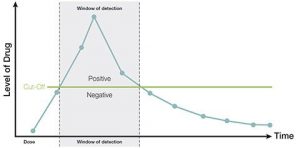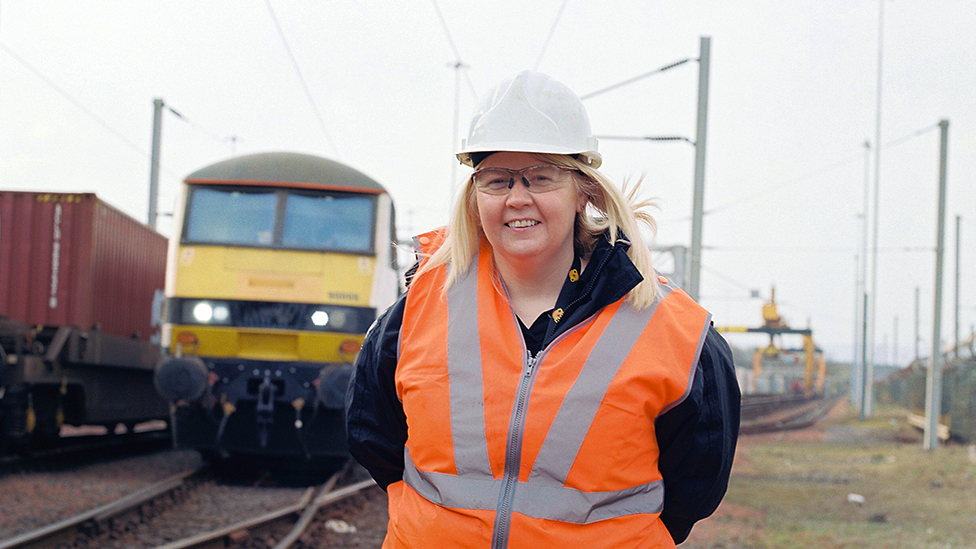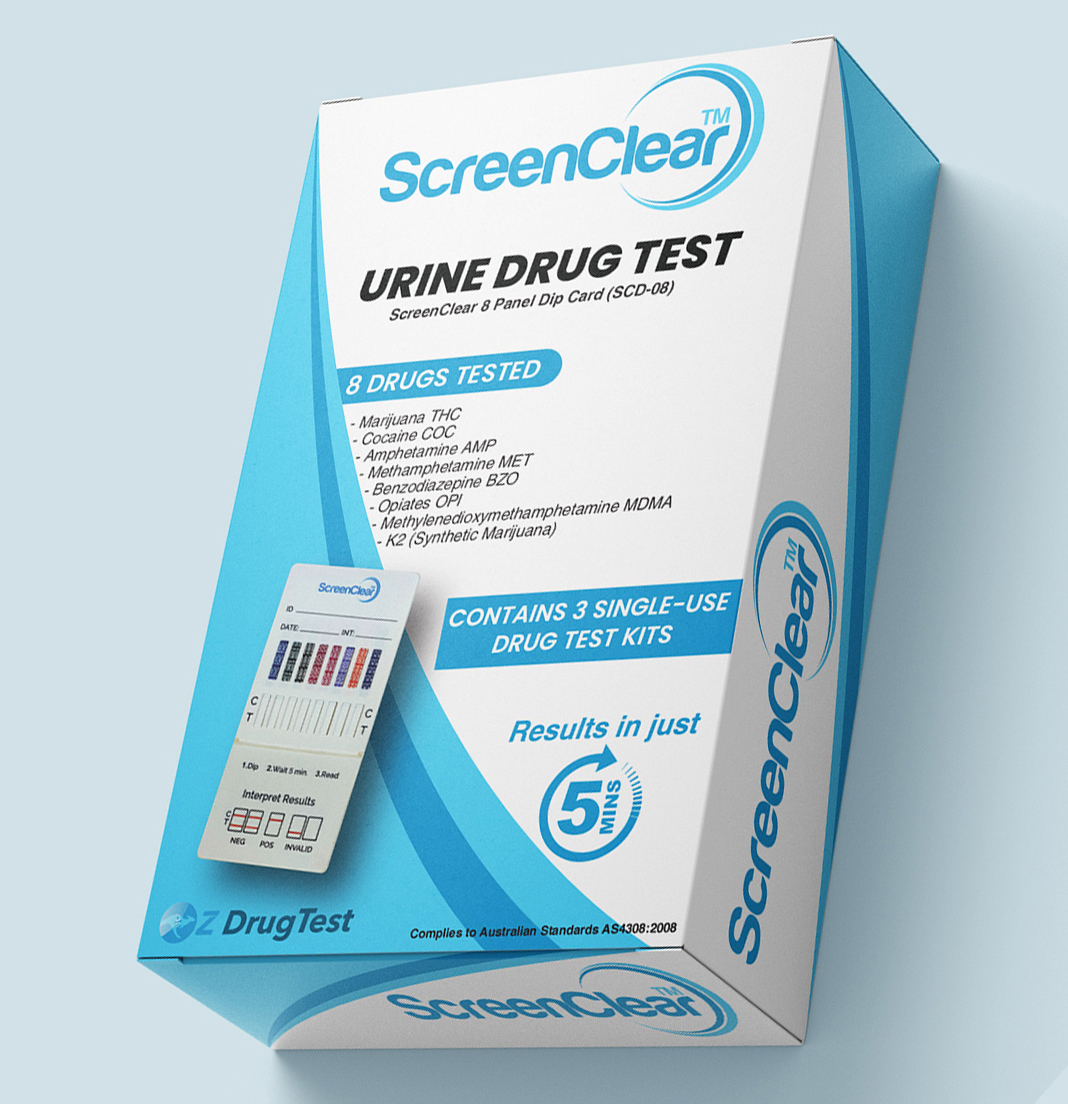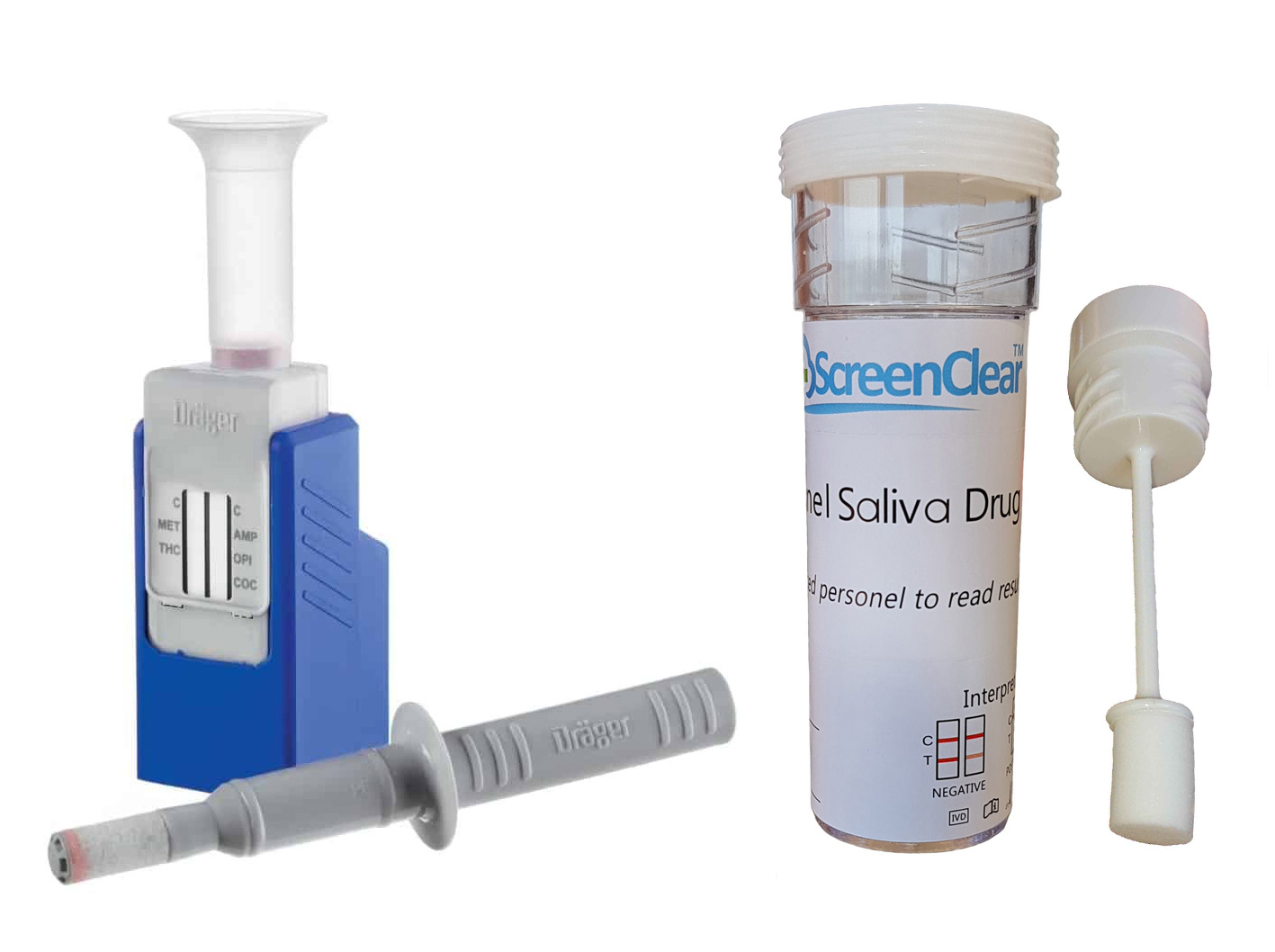
Understanding Drug Testing Cutoff Levels: Australian Standards & Legal Compliance
Drug tests aren’t just about detecting substances; they’re about setting fair, science-backed thresholds that distinguish actual drug use from incidental exposure. That’s where cutoff levels come in. These limits determine whether a test result is positive or negative, ensuring accuracy and preventing unnecessary concerns over trace amounts. In Australia, different testing methods (urine, saliva, and hair) have their own specific cutoff levels, all regulated to ensure fairness in workplaces, legal cases, and personal screenings.
What Are Cutoff Levels in Drug Testing?
Think of cutoff levels as the referee in a drug test. They don’t just detect the presence of a substance; they measure whether it reaches a level that indicates use.
When you consume a drug, your body processes it, leaving behind metabolites that tests can detect. However, even things like passive exposure, medications, or certain foods can introduce tiny traces of substances into your system. Cut off levels for drug tests prevent these harmless traces from leading to false positives.
Testing labs use these predefined thresholds to ensure that only meaningful amounts of a substance trigger a positive result. This is important in workplaces, legal settings, and sports, where accurate testing can impact careers, reputations, and policies.
Common Drug Testing Cutoff Levels in Australia
Australian drug testing follows strict standards to ensure results are both reliable and fair. However, cutoff levels vary depending on the type of test:
- Urine tests: The most common method, offering a longer detection window.
- Saliva tests: Often used for roadside or workplace testing due to their ability to detect recent use.
- Hair tests: Used in specialised cases, providing the longest detection history.
The most frequently screened substances include:
Each substance has a specific cutoff level so that only relevant drug use is flagged while avoiding unnecessary false positives. Australian standards set these limits to maintain consistency across industries and legal settings.
Cutoff Levels for Urine Drug Testing in Australia
Urine testing remains the go-to method for workplace drug screening in Australia. This type of test provides a broader detection window, making it useful for identifying past drug use rather than just immediate impairment.
Factors influencing urine test cutoff levels:
- Detection timeframe: Some substances stay in the body for days, while others clear out quickly.
- Sensitivity vs. accuracy: Lower cutoff levels detect recent use but risk false positives, while higher levels ensure only significant use is flagged.
- Workplace policies: Many industries, especially those with safety risks (transport, construction, mining), must adhere to specific testing guidelines.
Laboratory Confirmation: Ensuring Accuracy with Cutoff Levels
Not all drug test results are final. In Australia, screening tests are often followed by confirmatory lab tests for accuracy. Here’s how the process works:
- Initial screening test: A quick test determines whether a substance is present above the cutoff level.
- Confirmatory testing: If a test comes back positive, a more precise method, such as gas chromatography-mass spectrometry (GC-MS), is used to verify the result.
This double-checking process prevents false positives and ensures only valid results are reported.
Australian Workplace Drug Testing Laws and Cutoff Levels
Australian workplaces, particularly in high-risk industries, must follow strict Australian workplace drug testing laws. Cutoff levels are legally required to ensure fair and consistent testing, balancing safety concerns with employee rights. Employers use these standards to create safer environments while minimising disputes over test results.
Why Cutoff Levels Matter in Australian Drug Testing
Cutoff levels aren’t just numbers on a test. They shape how drug testing works across workplaces, legal cases, and personal screenings. They prevent unnecessary false positives, ensure fair assessments, and help maintain reliable testing practices. Whether you’re an employer, an employee, or just someone curious about how drug tests work, understanding cutoff levels gives you the knowledge to navigate drug testing with confidence.
If you have any questions, feel free to send them to us here.




